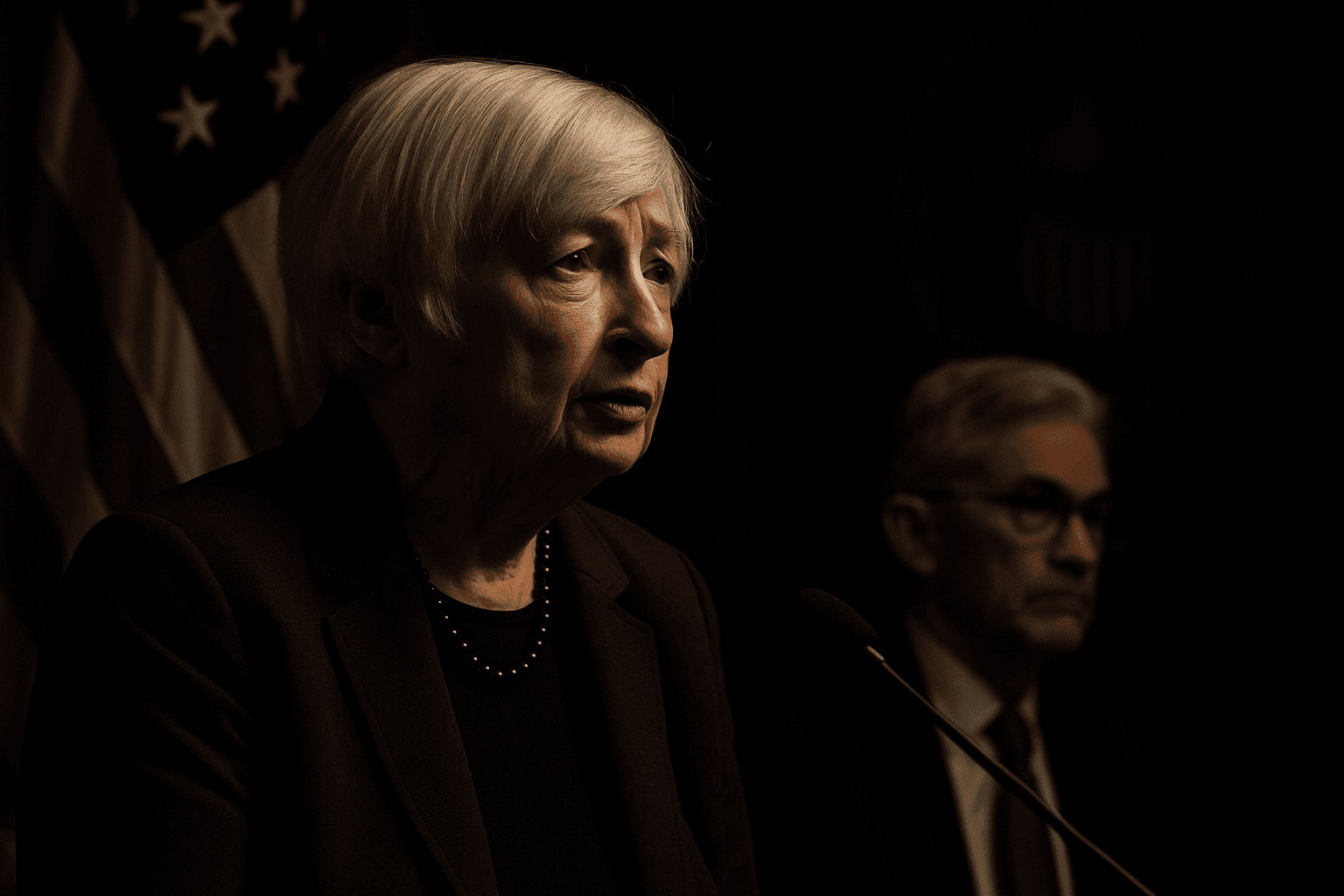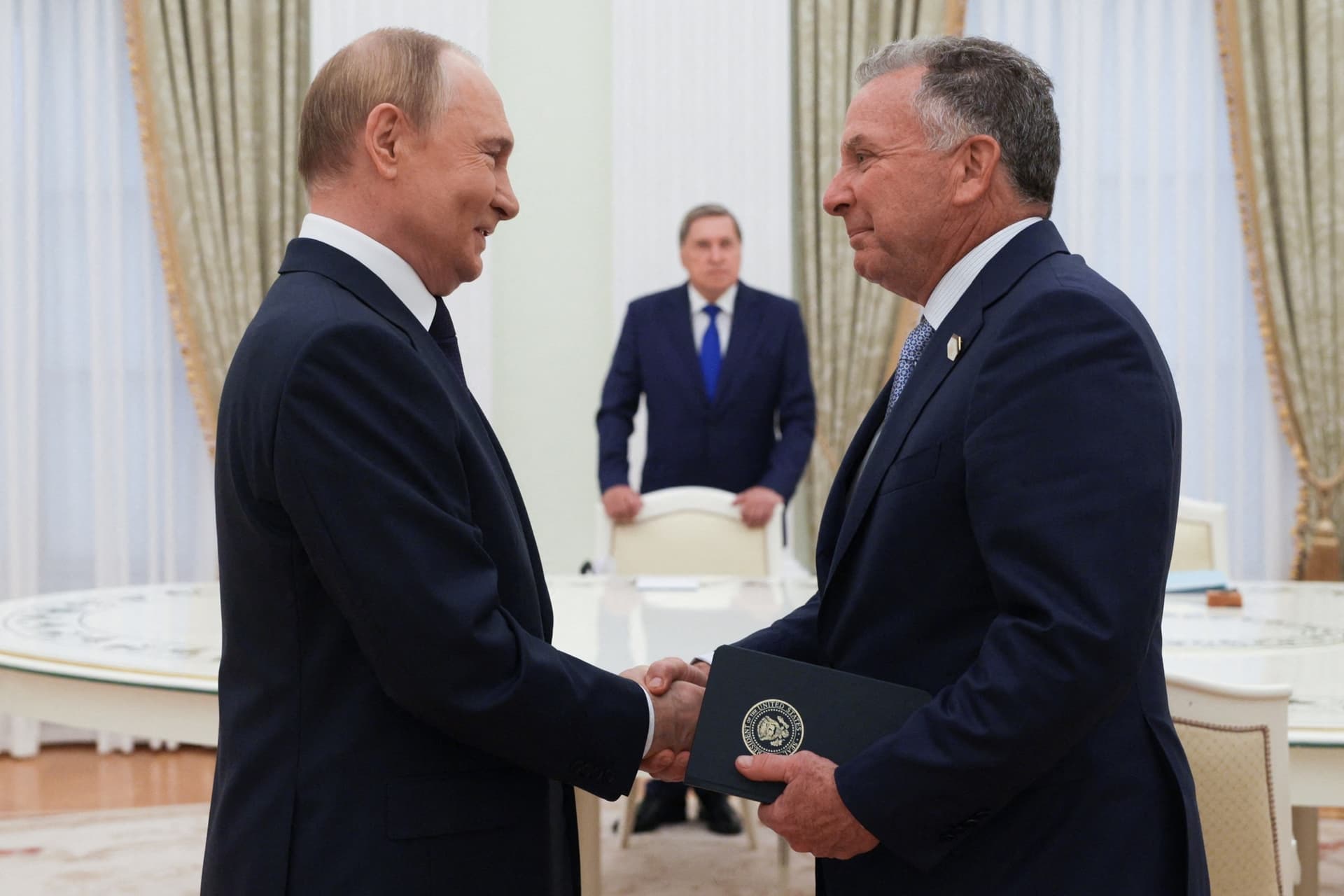Treasury Secretary Signals Possible Fed Chair Pick Before Christmas, Raising Stakes
Treasury Secretary Scott Bessent said on November 25 that a second round of interviews for candidates to replace Federal Reserve Chair Jerome Powell was concluding, and there is a "very good chance" President Donald Trump will announce his pick before Christmas. The comment tightened market focus on the succession timetable, as Powell's term expires in May 2026 and the presidency's choice will shape monetary policy expectations and the confirmation fight ahead.

Treasury Secretary Scott Bessent told reporters on November 25 that the White House had wrapped a second round of interviews for candidates to replace Federal Reserve Chair Jerome Powell and had narrowed the search to a small group of finalists. He said there was a "very good chance" President Donald Trump would make a selection before Christmas, a remark that intensified scrutiny from investors and policy watchers already attuned to the timing of the Fed succession.
The White House has not formally confirmed a timeline or named any finalists. Media reporting and market commentary have identified White House economic adviser Kevin Hassett among the frontrunners. Mr Hassett is viewed by some market participants as an advocate for lower regulatory burdens and a more growth oriented fiscal stance, but there is no public list of nominees from the administration and the candidate field remains privately managed.
The choice of a Fed chair carries outsized policy and institutional consequences. Jerome Powell's current term ends in May 2026, and a successor will influence the central bank's approach to interest rates, inflation management, and communication with markets. Financial markets typically react to both the identity of a Fed chair and the perceived philosophy they bring, magnifying the importance of timing and transparency in the nomination process.
An announcement before Christmas would compress the period between nomination and Senate confirmation hearings. The president's nominee must be confirmed by the Senate, a process that can be straightforward for candidates with broad bipartisan support or contentious when the choice is seen as politically charged. The administration's apparent push to resolve the matter ahead of the new year suggests a desire to reduce uncertainty and provide clarity for markets and businesses planning for 2026.

Market participants said the prospect of an early announcement reduced one source of prolonged uncertainty, but did not eliminate questions about the nominee's policy inclinations and the likely dynamics of confirmation. Institutions that rely on interest rate forecasts will remain sensitive to signals from the White House, the Treasury and the Fed itself. The interplay between the Treasury and the Fed also factors into broader concerns about central bank independence and the preservation of market confidence in monetary governance.
Analysts and investors will be watching for the administration to release a formal list of candidates, outline the rationale for any choice, and detail how the nominee's views would relate to the Fed's dual mandate of price stability and maximum employment. The Senate Banking Committee is likely to set a timetable for hearings once a nomination is submitted, and those sessions will probe the nominee's views on inflation, financial stability, and the central bank's role in the economy.
With the holiday season offering a narrow window, the White House faces a choice between swift resolution and a more deliberate vetting that could extend into the new year. The decision will shape not only the Fed's leadership but the political contours of a high stakes confirmation process in the months ahead.


